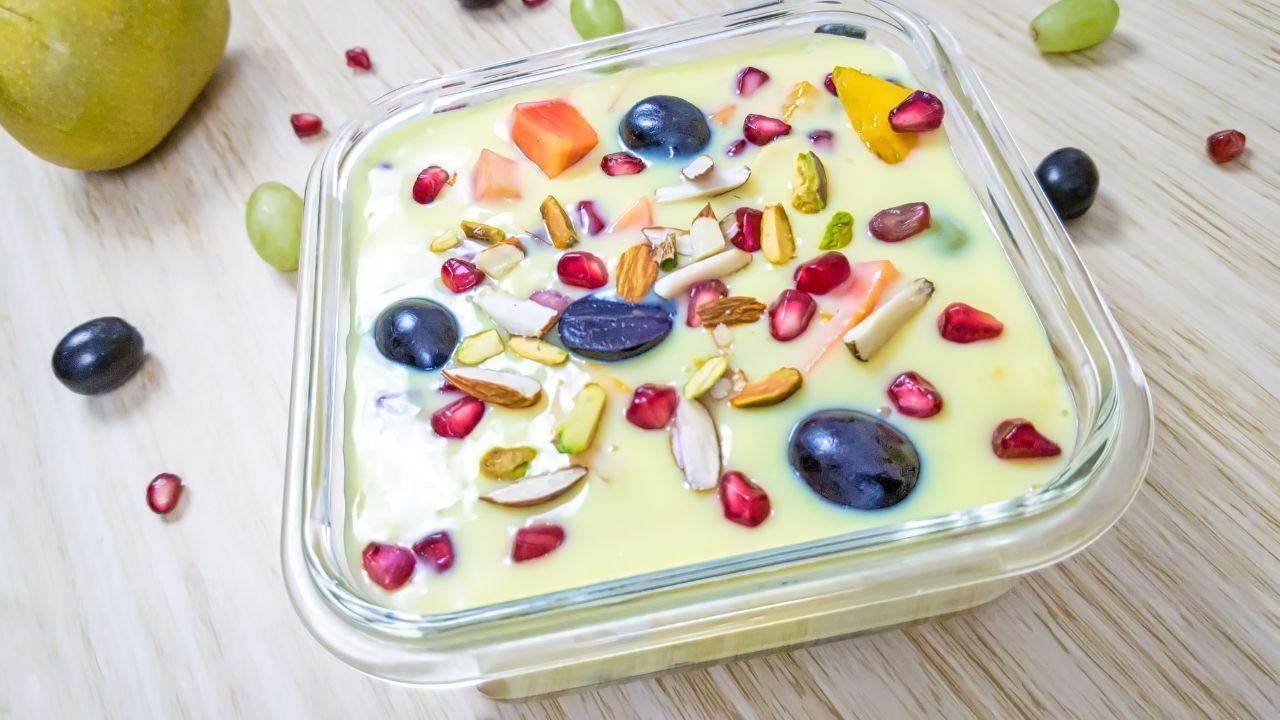
Post by: Vansh Kumar
Vitamin D is a crucial nutrient that supports numerous bodily functions, including immune health, bone strength, and mood regulation. While it's available in some foods and supplements, the best source of vitamin D is sunlight. During the winter months, however, getting the right amount of vitamin D can become more challenging due to shorter days and weaker sunlight. Understanding the best time for Vitamin D from sunlight in winter is essential for making the most of the available sunlight and maintaining optimal health during the colder season.
Vitamin D plays an essential role in overall health, particularly for strong bones and teeth. It helps your body absorb calcium, a mineral needed for bone health. In addition, vitamin D is critical for proper immune system function, helping to protect your body from illnesses and infections. There is also evidence suggesting that vitamin D can improve mood and reduce the risk of depression, especially during the winter months when people tend to be less active and experience fewer hours of sunlight. While vitamin D can be obtained from foods such as fatty fish, fortified milk, and eggs, sunlight remains one of the most natural and effective sources for this vital nutrient.
During winter, the Earth's tilt causes the sun to be lower in the sky, resulting in shorter days and weaker sunlight. The sun's rays are not as direct, meaning there are fewer UVB rays, which are necessary for your body to produce vitamin D. On top of that, colder temperatures and a tendency to stay indoors further limit the amount of sunlight exposure people get. These factors combined make it harder to get sufficient vitamin D from the sun during winter. Therefore, it's important to understand when and how to take advantage of the available sunlight in winter to maximize your vitamin D intake.
The best time for Vitamin D from sunlight in winter is typically between 10 AM and 2 PM. During these hours, the sun is at its highest point in the sky, and its rays are more direct, even in the colder months. This is the optimal window for getting enough UVB rays to stimulate vitamin D production in your skin. When the sun is higher in the sky, UVB rays are more likely to penetrate the atmosphere, even in winter, making it easier for your skin to produce vitamin D. Outside of these hours, especially in the morning or late afternoon, the sunlight is too weak to generate the necessary UVB rays for vitamin D synthesis.

To effectively boost your vitamin D levels, aim for about 15 to 30 minutes of direct sunlight exposure during the midday hours. This time frame can vary depending on your skin type, with fair-skinned individuals requiring less time than those with darker skin. People with darker skin tones have more melanin, which can reduce the skin's ability to produce vitamin D from sunlight, so they may need longer exposure. However, regardless of your skin type, it’s important to start with shorter intervals and gradually increase exposure while being mindful of avoiding sunburn. By staying within this recommended range, you can safely absorb enough sunlight in winter for vitamin D production.
Several factors can affect how efficiently your body absorbs vitamin D from sunlight. For instance, your skin type plays a role in how quickly you can produce vitamin D. Fair-skinned individuals can generally produce vitamin D faster because they have less melanin, which blocks UVB rays. On the other hand, people with darker skin may need more sunlight to achieve the same vitamin D levels. Your geographical location also impacts the effectiveness of sunlight in winter for vitamin D production. Those who live closer to the equator benefit from more consistent and direct sunlight throughout the year, while people living in northern regions may face reduced sunlight exposure during the winter months. Clothing and sunscreen can also limit vitamin D production. To get the maximum benefit, make sure to expose areas of your skin directly to the sun and avoid covering them with clothing or sunscreen during your short sun exposure sessions.
If you're unable to get enough sunlight in winter, there are several alternatives to ensure you maintain healthy vitamin D levels. Incorporating vitamin D-rich foods into your diet can help. Foods such as fatty fish (like salmon and mackerel), fortified dairy products, and eggs are excellent sources of vitamin D. These foods can help support your vitamin D levels during the months when sunlight exposure is limited. In addition to food, vitamin D supplements can be an effective way to meet your daily vitamin D needs. However, before starting any supplement regimen, it’s essential to consult with a healthcare provider to determine the appropriate dosage based on your individual needs.
During the winter months, it can be difficult to get enough vitamin D due to shorter days and weaker sun rays. The best time for Vitamin D from sunlight in winter is between 10 AM and 2 PM when the sun is at its peak. To optimize vitamin D production, aim for 15 to 30 minutes of direct sunlight exposure during this period, depending on your skin type. If sunlight exposure is limited, you can increase your intake through foods like fatty fish, fortified dairy products, and eggs, or by taking vitamin D supplements. Understanding how to manage your exposure during the winter can help maintain healthy vitamin D levels and support overall well-being.
Disclaimer: The content provided in this article is for informational purposes only and should not be considered a substitute for professional medical advice. For tailored guidance on vitamin D supplementation or proper sunlight exposure, consult with a healthcare provider.
#trending #latest #VitaminD #SunlightInWinter #HealthyLiving #WinterSun #VitaminDExposition #SunshineAndHealth #WinterWellness #SunExposure #BoostYourVitaminD #HealthyHabits #breakingnews #worldnews #headlines #topstories #globalUpdate #dxbnewsnetwork #dxbnews #dxbdnn #dxbnewsnetworkdnn #bestnewschanneldubai #bestnewschannelUAE #bestnewschannelabudhabi #bestnewschannelajman #bestnewschannelofdubai #popularnewschanneldubai

Delicious and Easy 10 Tasty Recipes to Try Today...Read More.

Emirates Foundation's Sanid Program trained 341 volunteers in first aid, fire safety, and crisis response, enhancing emergency preparedness across the UAE....Read More.














New E-Skin Enables Touchless Control and Robot-Like Sensation
Revolutionary e-skin mimics human touch, allowing touchless control, aiding robots, and helping peop

UAE to Launch Digital Dirham CBDC by Year-End for Secure, Efficient Payments
The UAE will introduce its Digital Dirham CBDC by year-end, enhancing security, transparency, and ef

Teenager Mensik Stuns Djokovic in Miami Open Final Upset
Jakub Mensik, 19, shocked Novak Djokovic in Miami, denying him his 100th title with a thrilling stra

IIMA's 60th Convocation & First International Campus in Dubai
IIMA held its 60th convocation, announced a Dubai campus, launched a new centre, and introduced a fi

Hamdan bin Zayed Performs Eid Prayer & Receives Well-Wishers
Sheikh Hamdan bin Zayed prayed on Eid in Al Mirfa, welcomed well-wishers, and reflected on the value